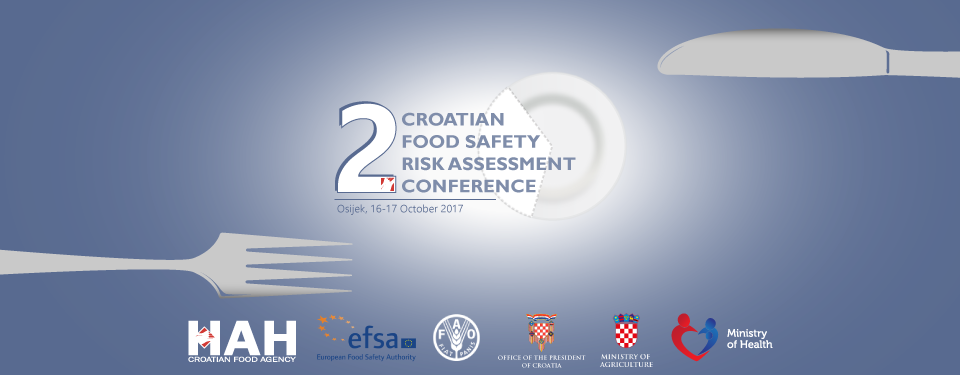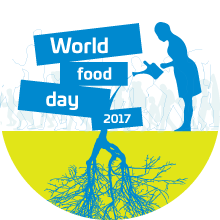Liisa Valsta, PhD
National Institute for Health and Welfare, Helsinki, Finland
The national strategy to lower the risk factors of non-communicable diseases was started in Finland in the 1970s, as the Finnish cardiovascular disease mortality was the highest in the world at the time. Concurrently, a dietary monitoring system was developed including regular dietary population surveys, called the FinDiet Surveys, in a sub-sample of the larger risk-factor monitoring surveys, today called the FinHealth Survey. Since 1992, the FinDiet Surveys have been carried out every fifth year. The most recent food consumption data collection of the FinDiet 2017 Survey was completed in early October 2017. The food consumption data collected through the FinDiet Surveys are also used for risk assessment purposes by the Finnish Food Safety Authority. The FinDiet 2017 food consumption data collection carried out in adults, is part of the EFSA supported EU Menu project.
In the FinDiet 2017 Survey, the target population comprises of Finnish adults aged between 18-74 years and living in mainland Finland. The nationally representative sample is drawn from the National Population Register including permanent residents in Finland. Altogether 3090 subjects out of the FinHealth sample (n=10300) were invited to participate in the dietary survey. Data collection was carried out by ambulatory teams in six geographical areas. Each study team carried out the collection of background and health status related questionnaires, anthropometric measurements, and blood and urine sampling. One trained dietary interviewer per study team was responsible for performing the computer-assisted personal 24-hour recall (CAPI) and to check the food propensity questionnaires. Some weeks or months later, a trained telephone interviewer contacted the subject again and collected the second 24-hour dietary recall data by a newly developed computer-assisted telephone interview (CATI) method.
For the food consumption data collection, the Finessi® dietary software was used. It was updated to meet the methodological requirements of the EFSA EU Menu data collection on FoodEx2 food classification and food descriptor data collection needs. In the data collection process, the software is combined with the National Food Composition Database Fineli®. In the FinDiet 2017 Survey, the food list included some 4700 foods and recipes and about 800 food supplements. A validated and re-tested 170-item photographic picture booklet as well as household measures were used for portion size determination in the CAPI interview. In the CATI interviews, a 23-item short portion size picture booklet and generally known household measures were used to support the portion size estimation.
Several layers of quality assurance measures were put in place during the data collection, including e.g. evaluation of number of performed interviews per day and per interviewer, duration of the 24-hour CAPI and CATI interviews, completeness checks and general rating of the interviews by the interviewers and monitoring the ratio of weekdays and week-end days throughout the survey.
The means to keep the response rate high have included among others, broad media coverages especially in the beginning of the data collection, providing all information including a possibility to answer the questionnaires also through the web-site of the main survey (www.thl.fi/finterveys), providing information and all questionnaires in three languages (Finnish, Swedish and English), personalized feedback on health measurements and study results for subjects and active service channel (telephone, web, email) for subjects, and also a possibility to change the proposed time of the appointment.
The first results of the FinHealth 2017 Survey, including some questionnaire data on food habits, are expected to become available by the end of 2017 and the results of the food consumption based on the FinDiet2017 data collection, in 2018.







